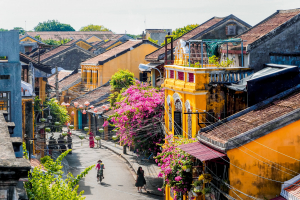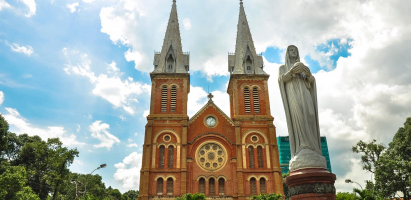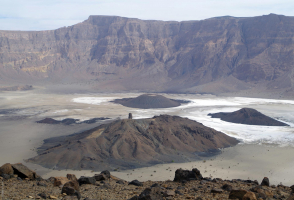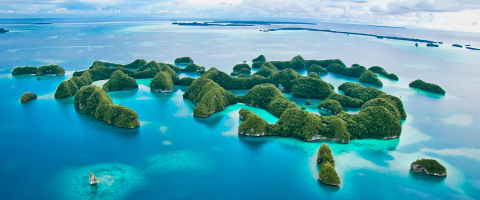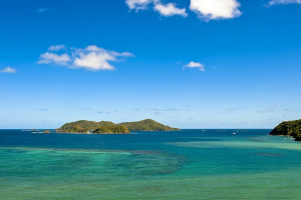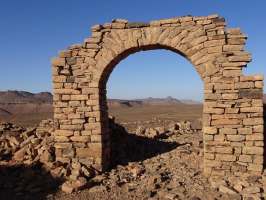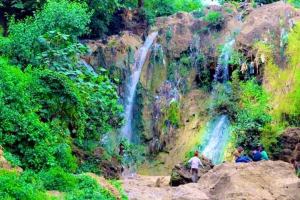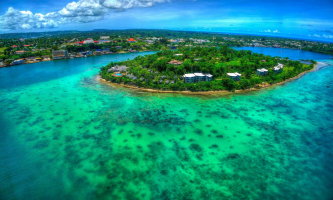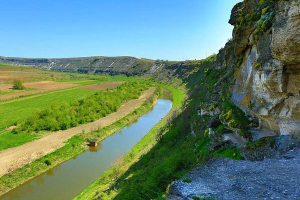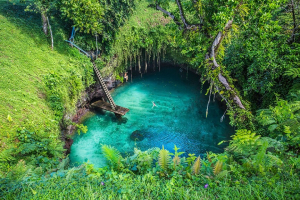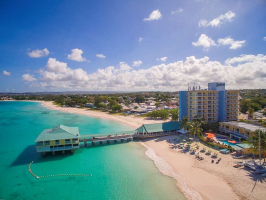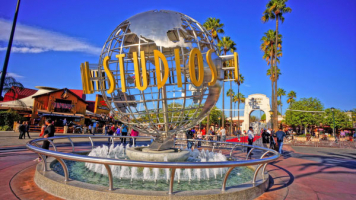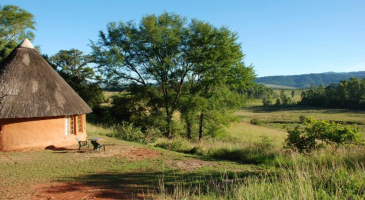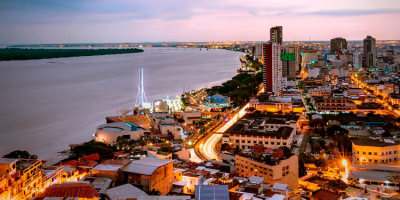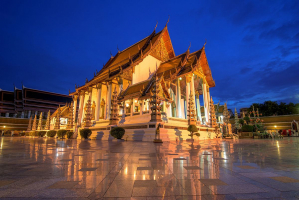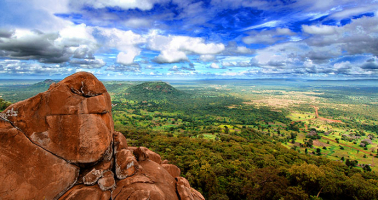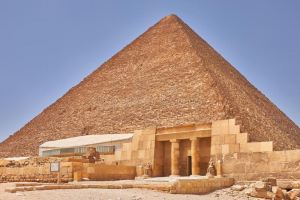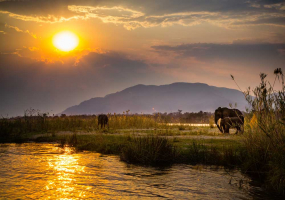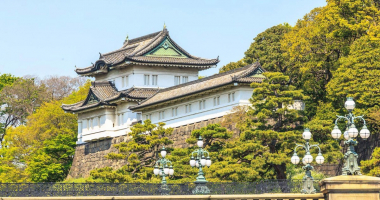Top 10 Best Tourist Attractions in Hue, Vietnam
Hue is a beautiful city to visit with lots of things to see and do, it is located on the banks of the Perfume River, which winds its way through town. The ... read more...historic capital of Vietnam is known for the magnificent emperor tombs that are scattered around the city. Let's find out some of the Best Tourist Attractions in Hue, Vietnam below!
-
The Imperial City, one of the most significant attractions in Hue and a UNESCO World Heritage site, is where you should start your exploration of the city. Although many of the structures have suffered damage over the years since construction started in 1804, they still provide an impressive sight.
There are countless temples, courts, gardens, and other attractions inside the defensive walls, making it a great spot to wander around. There were residences, offices, palaces, gardens, and temples spread out across this huge city. But the middle section was the most crucial. Purple Forbidden City, where the emperor and his closest confidants lived and worked. It used to be out of reach for the majority of people. Now, of course, visitors can all walk through it and see what remains. While much of the Imperial Citadel was damaged during the Vietnam War, many of the remaining structures are now empty and open for public exploration, others, such as halls, city gates, and shrines, have been repaired or are now under restoration. But this delightful attraction is definitely a must-see when in Hue.
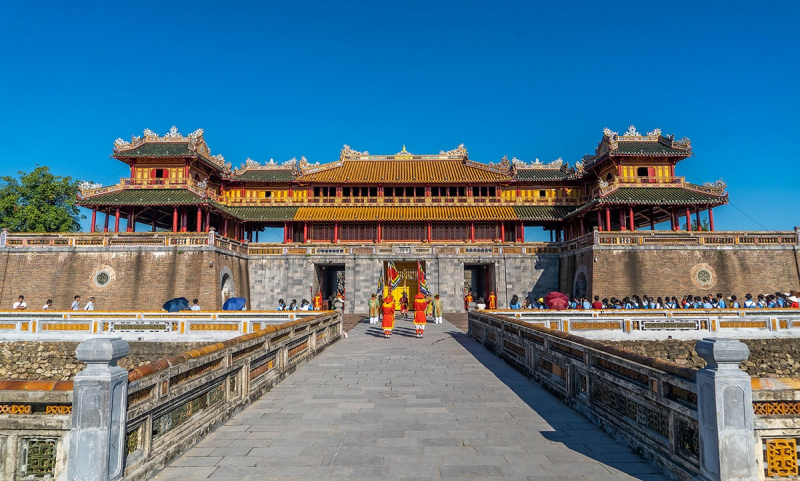
Imperial City Hue 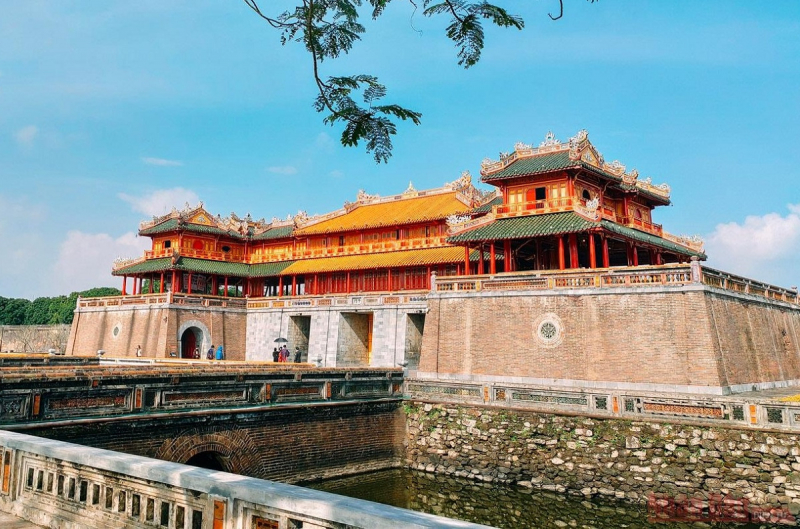
Imperial City Hue -
The Huong River, also known as the Perfume River, is around 80 kilometers long and gets its name from the fact that, before it reaches Hue, it passes through many forests of aromatic plants, bringing with it a pure and fresh aroma.
There are two sources for the Perfume River, and they both start in the Truong Son Mountain range and meet at Bang Lang Fork. Falling flowers from orchards upstream of Hue give the river a perfume-like aroma and a beautiful, poetic view. The poetic romantic Perfume River is a profound inspiration to numerous artists, poets, and composers. Their inspiration derives from the pure water, the fascinating landscape, and the gentle bridge over the river. Today, boating along the river was a must-do activity for visitors to Hue. Most of them agree that it is one of the most breathtaking riverfront landscapes they have ever seen, especially at night when the lights are on!
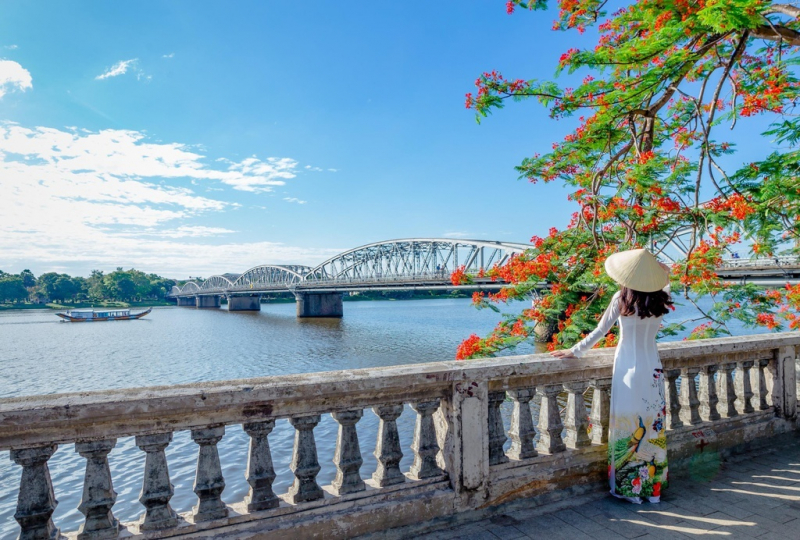
The Perfume River 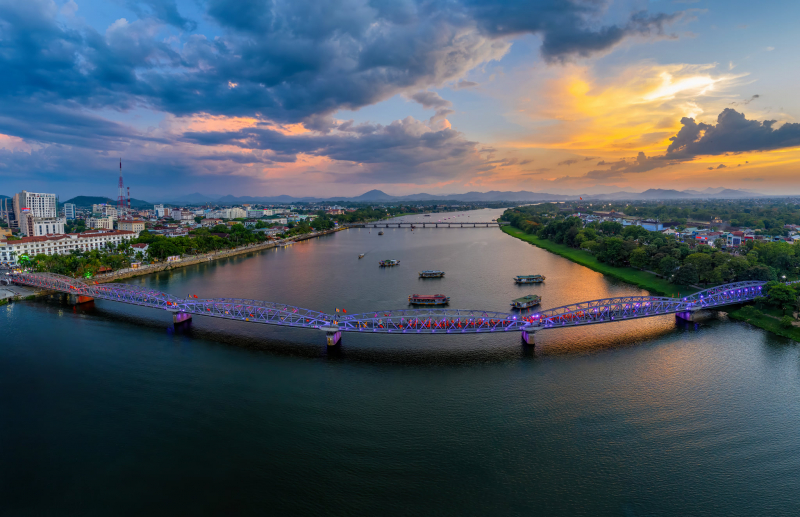
The Perfume River -
One of the most fascinating and historic pagodas in Hue city is Thien Mu Pagoda (specifically Heaven Fairy Lady Pagoda), also called Linh Mu Pagoda. It is easily accessible from the city center and is located on Ha Khe hill in Huong Long village, on the north bank of the Perfume River, 5 kilometers from Hue.
Phuoc Duyen tower, the pagoda's most striking feature and the previous name for Tu Nhan tower was built in 1884 by King Thieu Tri. The seven-floor, 2-meter-tall octagonal tower is dedicated to a Buddha. A large bell is protected by a pavilion that is located to the left of the tower. In 1710, Lord Nguyen Phuc Chu cast the bell, which is known as Dai Hong Chung. It is renowned for its enormous size, standing 2.5 meters tall and weighing 3,285 kilograms. It is regarded as an outstanding bronze casting achievement from the 18th century. Inside the pagoda, there are many well-known works of art that captivate visitors greatly.
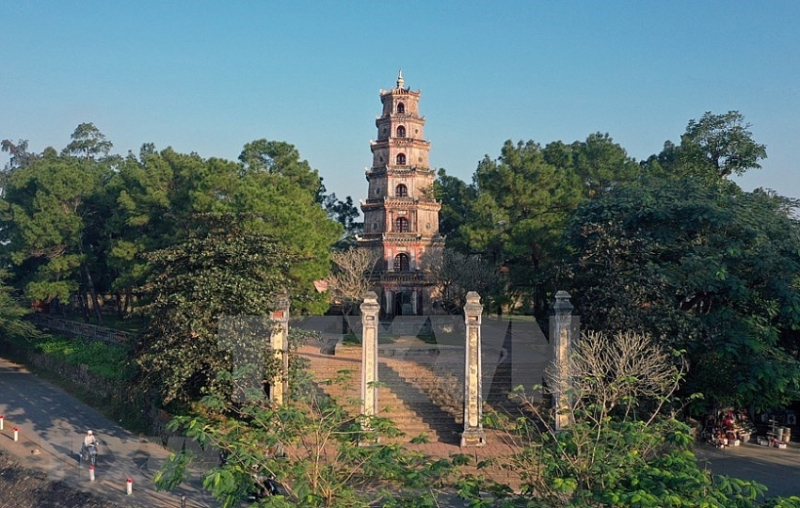
Thien Mu Pagoda 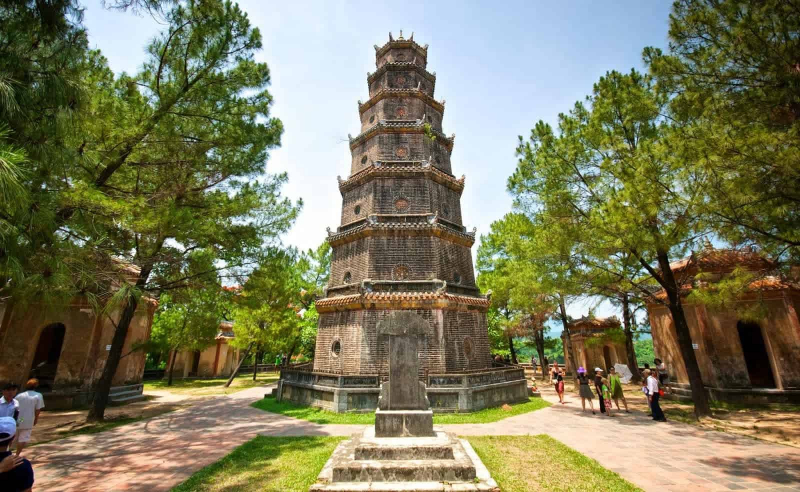
Thien Mu Pagoda -
The tomb of Emperor Khai Dinh was constructed for the twelfth Emperor of the Nguyen dynasty, who passed away in 1925, and is situated not far from Hue, on the steep Chau Chu mountain.
From 1916 until 1925, Khai Dinh reigned as the penultimate emperor of Vietnam, but due to his close collaboration with the French government, he was unpopular with the Vietnamese people. Like some Vietnamese emperors before him, Khai Dinh meticulously built a mausoleum before passing away. One reason the tomb of Emperor Khai Dinh is among the most impressive ever created in Vietnam is that he directly oversaw its construction using money obtained by raising taxes by 30%. The tomb has an imperial audience court, 12 statues that serve as bodyguards, a palace room richly decorated with porcelain and glass, and a small temple with an altar where the actual grave is placed.
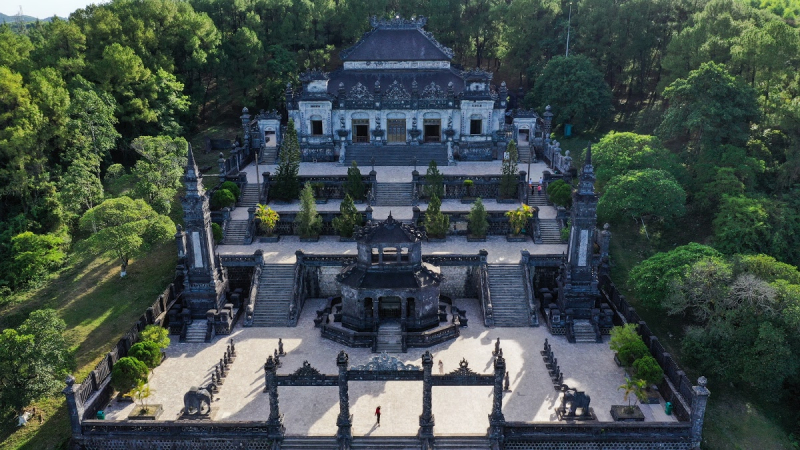
Royal Tomb of Emperor Khai Dinh 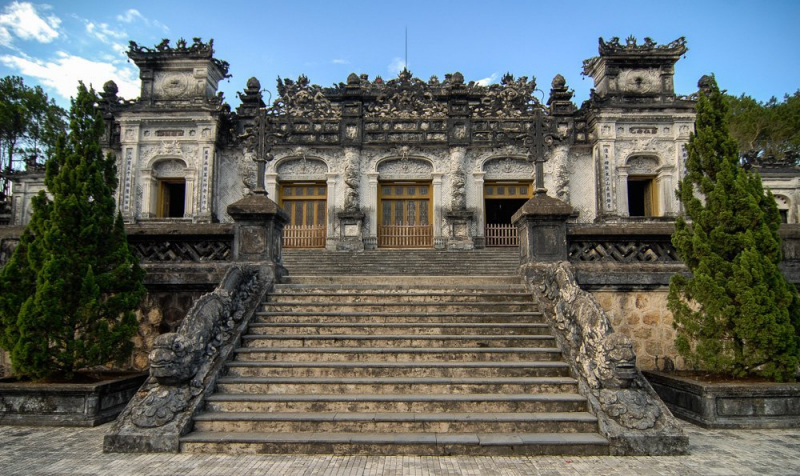
Royal Tomb of Emperor Khai Dinh -
The Minh Mang Tomb is located 12 kilometers from Hue on Mount Cam Khe, close to the Bang Lang fork on the Perfume River's west bank. With the help of 10,000 workers and craftsmen, the Minh Mang tomb was constructed beginning in 1840 and finished in 1843.
The Minh Mang Tomb, regarded as the most opulent of the Nguyen Dynasty royal tombs, is a collection of 40 structures, including palaces, temples, pavilions, and other structures. Many people praised it for being the perfect blend of man-made and natural beauty, where architecture blends perfectly with the surrounding environment. The tomb has a total area of 475 hectares and is encircled by walls, ponds, and pine trees,... When you stop at the entry, you can see the Dai Hong Mon gate, which has three openings: one on each side, in the middle, and on the right and left. Visitors can enter through either of the gate's two sides, but not through the center entrance, which was solely utilized by the emperor.
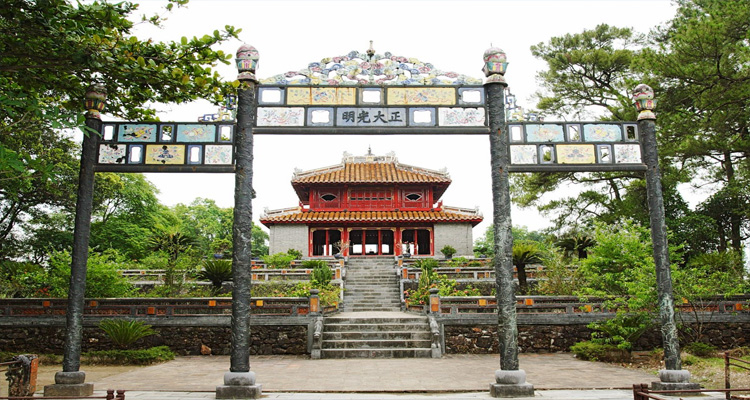
Minh Mang Tomb 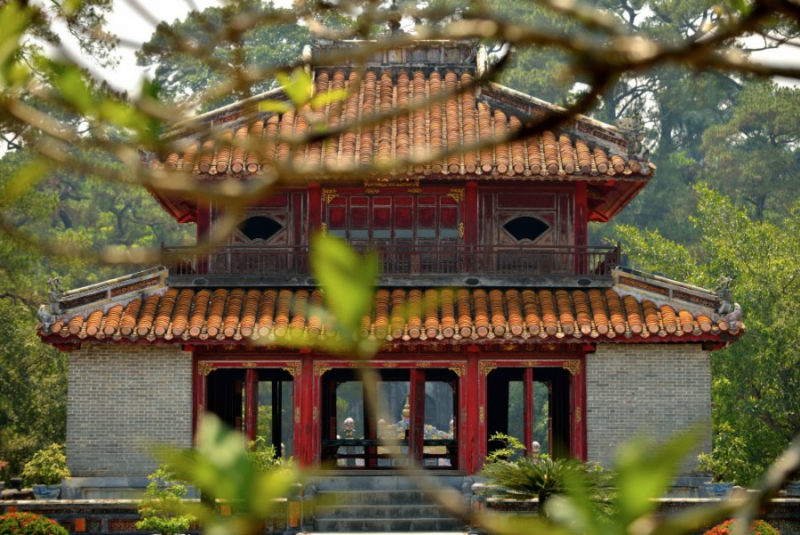
Minh Mang Tomb -
This museum provides a fascinating look into the culture and history of the city and is housed inside the ancient Long An Palace. The vast collection of over 10,000 items consists of everything from silver and ceramics to furniture, Phap Lam enameled metal art, a huge amount of paintings, and complex murals. It also includes the personal items and royal clothing of former Vietnamese Emperors.
The primary exhibition space is known as Long An palace. It occupies a 1.200 square meter space in the center of the museum and serves as an antique display area. More than 300 items in up to 16 collections, including gold, glazed terra-cotta, and porcelain, may be found both within and outside the Long An palace. Many royal antiquities from the Nguyen dynasty were used to serve the kings and other royals. All exhibits include English labels, and many also provide background information to help visitors comprehend the exhibit's history and use. Although photography is not permitted inside the museum, there are many photo opportunities to be found throughout the one-story wooden palace and the beautiful gardens that surround it.
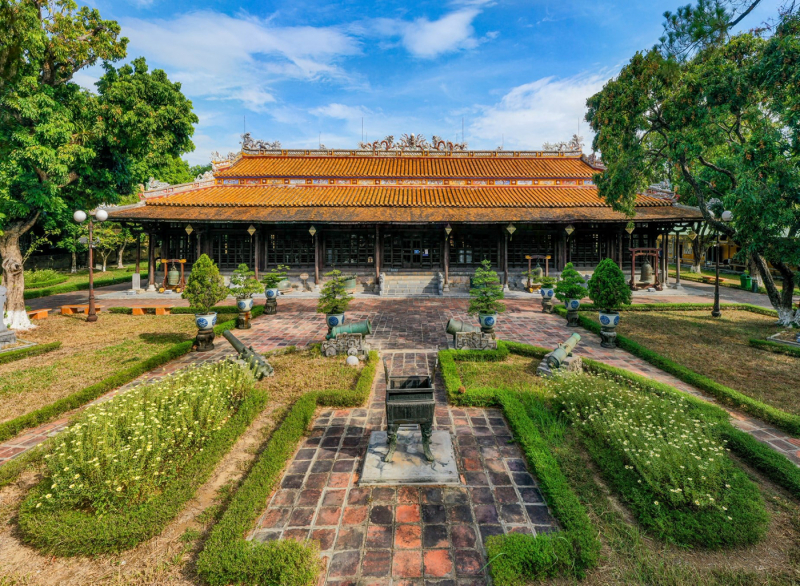
Hue Museum of Royal Fine Arts 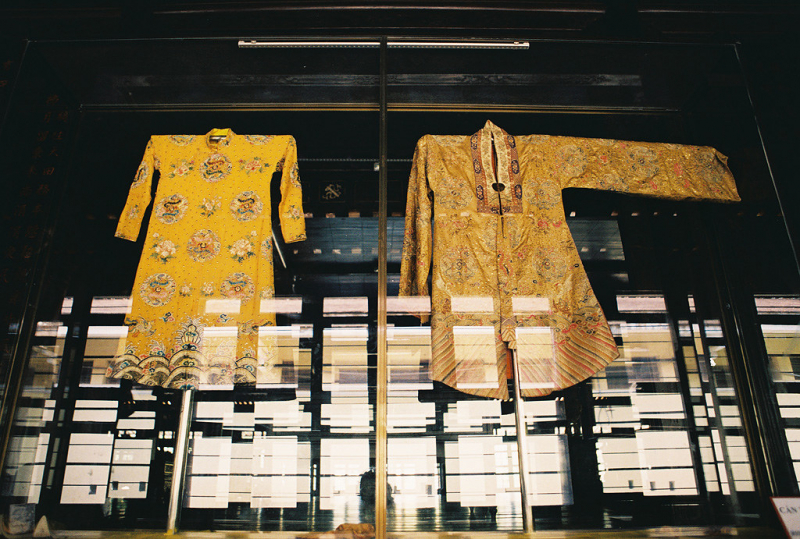
Hue Museum of Royal Fine Arts -
The Tu Dam pagoda is located in the Truong An ward's range and high land, about two kilometers south of Hue City. The pagoda is in front of Kim Phung Mountain, to the left are Linh Quang and Phan Boi Chau pagodas, while behind the Tu Dam pagoda is Thien Minh Pagoda.
The main architectural style is referred to as the "Hoi pagoda style", and it combines elements of both contemporary and historical architecture. Three important parts make up Tu Dam Pagoda: the three-door temple gate, the main pagoda, and the Hoi area. The three-door temple gate is high and large. The sacred fig behind the gate was given by the leader of French Buddhism in 1936. The forecourt, central chamber, and ancient area make up the main pagoda. A 1.5 m-high forecourt was constructed on a granite foundation. It features a pair of dragons on the corner of the roof, coupled with a yin and yang roof that encourages harmony.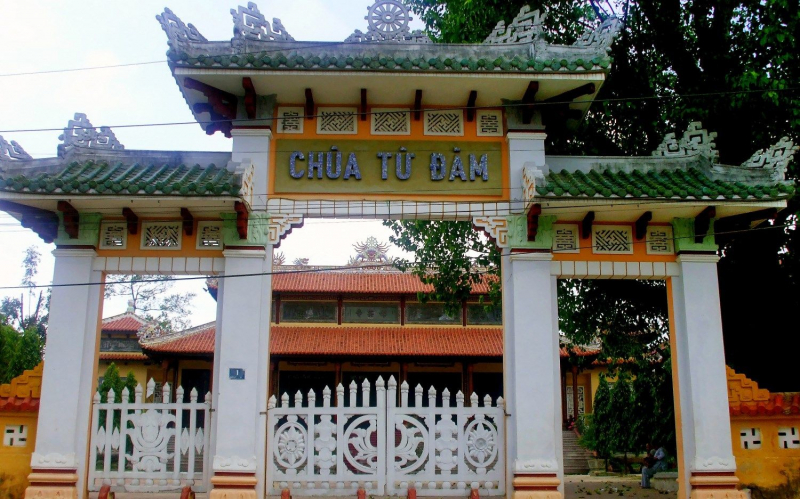
Tu Dam Pagoda 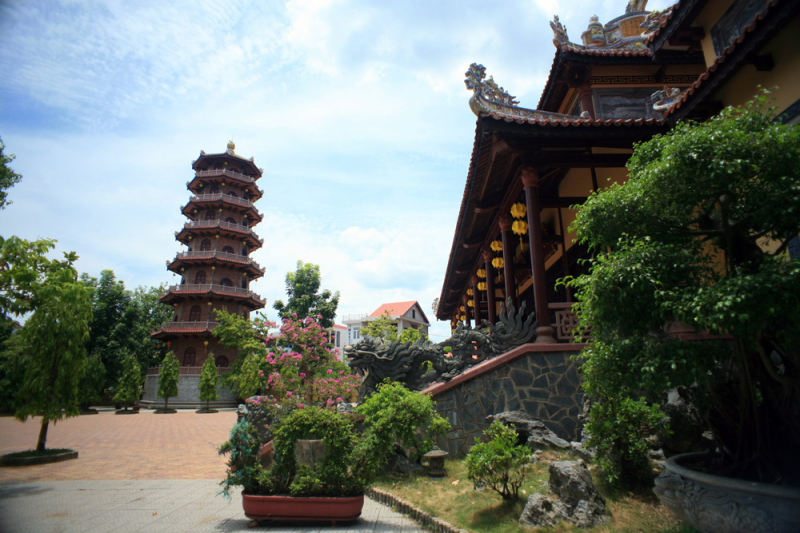
Tu Dam Pagoda -
To Mieu Temple was built in the 1820s to Emperor Minh Hang's requirements. It serves as a shrine for former Nguyen Dynasty emperors. This temple is a favorite stop for travelers visiting Hue because of its large stone gate, expansive gardens, and lots of solitude.
There are nine urns to represent the nine Nguyen emperors even though there aren't any actual remains of the emperors themselves buried here. Each emperor also has a personal altar on which he can put pictures of himself and the empress (or empresses, for those who had more than one wife), incense, and small offerings. The Temple is still well-preserved and easily accessed from the main area of the Imperial Enclosure. The temple shows a variety of portraits and artifacts that different Dynasty Emperors kept or collected. You should not skip it when visiting Hue because it is one of the most popular sights in the Imperial City.
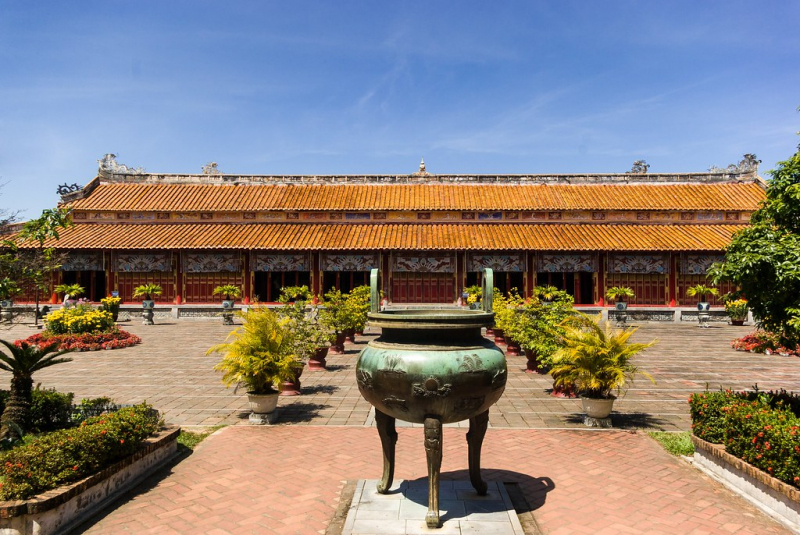
The To Mieu Shrine 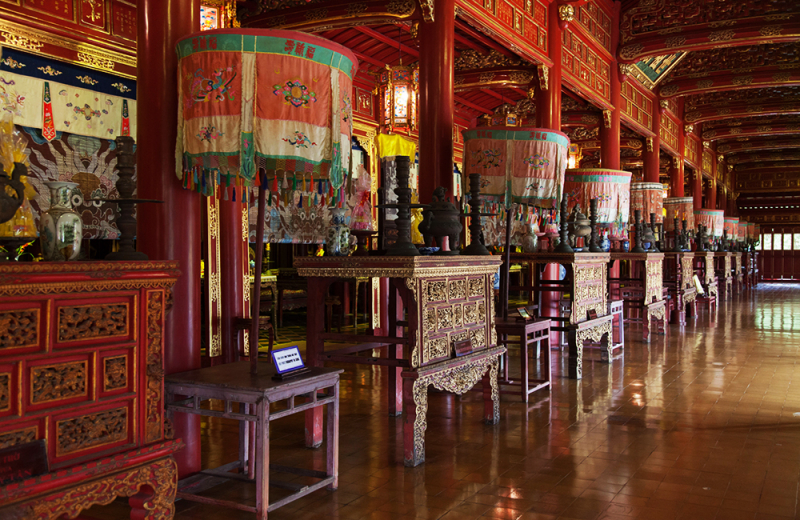
The To Mieu Shrine -
Truong Tien Bridge, also known as Trang Tien Bridge, has seen all ups and downs of history and the ancient capital. It is the first bridge to cross the two sides of the Huong River. Truong Tien Bridge features six steel haft moon girders and is 402.60 meters in length and 5.40 meters in width. Many poets and writers are always inspired by the Truong Tien Bridge because of its history and beauty.
Truong Tien Bridge has had many ups and downs over the course of many centuries, particularly the last 100 years, and has become a part of the history of the ancient capital land. Even though there are numerous additional bridges, like Bach Ho, Phu Xuan, and Bai Dau... The most iconic and emblematic of Hue's romantic city is undoubtedly the Truong Tien Bridge. Truong Tien Bridge has had a modern lighting system built since Hue Festival in 2002, making it seem bright and fanciful every evening.
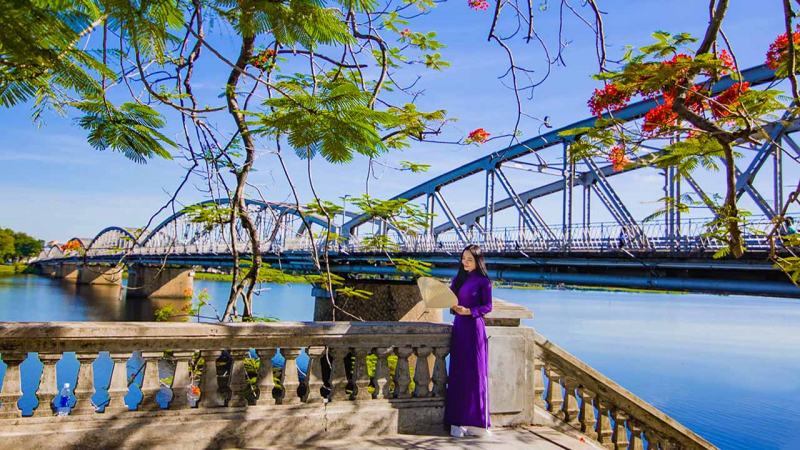
Truong Tien Bridge 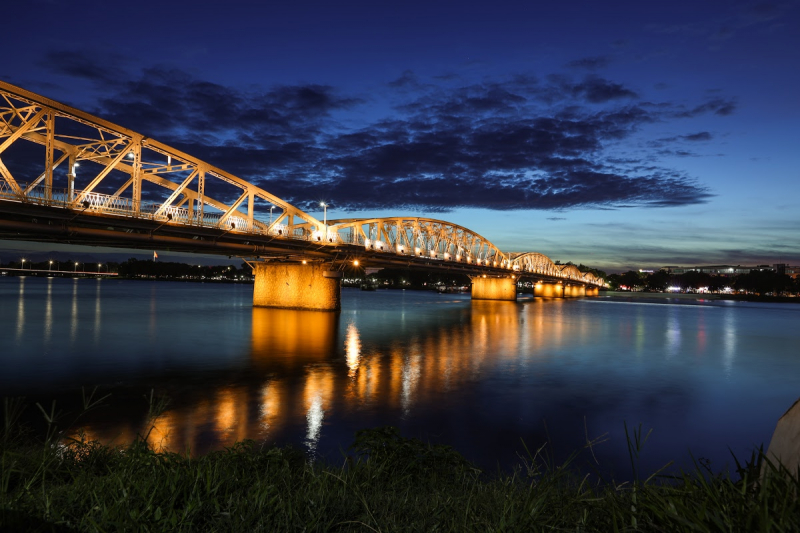
Truong Tien Bridge -
Vietnamese culture is characterized by open-air marketplaces, and the Dong Ba market in Hue is no exception. Dong Ba market is regarded as a haven for taking a photograph of daily life as well as for shopping, providing everything from handicrafts and bronze goods to Hue sesame sweets, conical poem hats, souvenirs, and more.
Dong Ba, the largest and oldest market in the city, is a chaotic 16,000 square meter area where stalls selling fresh vegetables sit next to handicrafts or souvenirs. In order to satisfy locals looking for fresh seafood and other foods, the market opens early in the morning (3 am), but you may also visit during the day or in the afternoon to buy souvenirs to take home. The market does have an entire second level devoted to clothing and wearable souvenirs. "Guoc moc", a basic kind of clog made of bamboo or wood, lacquerware items, bamboo products, and other great Vietnamese souvenirs can be found here.
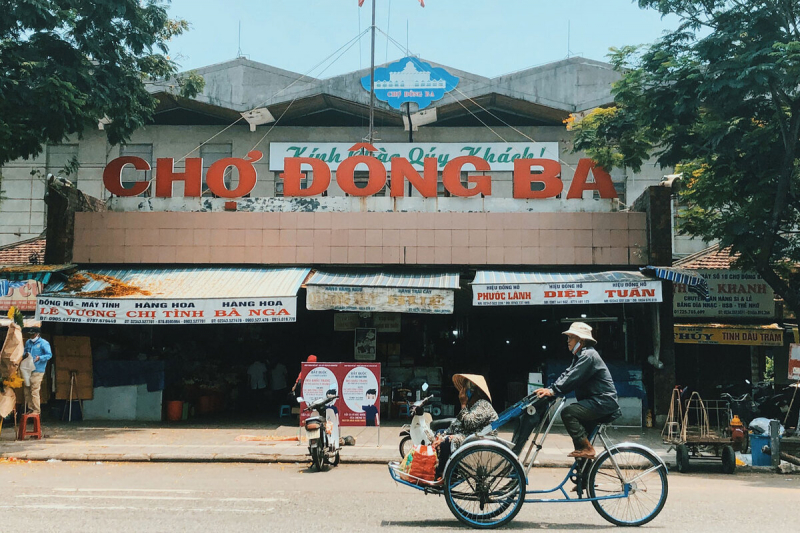
Dong Ba Market 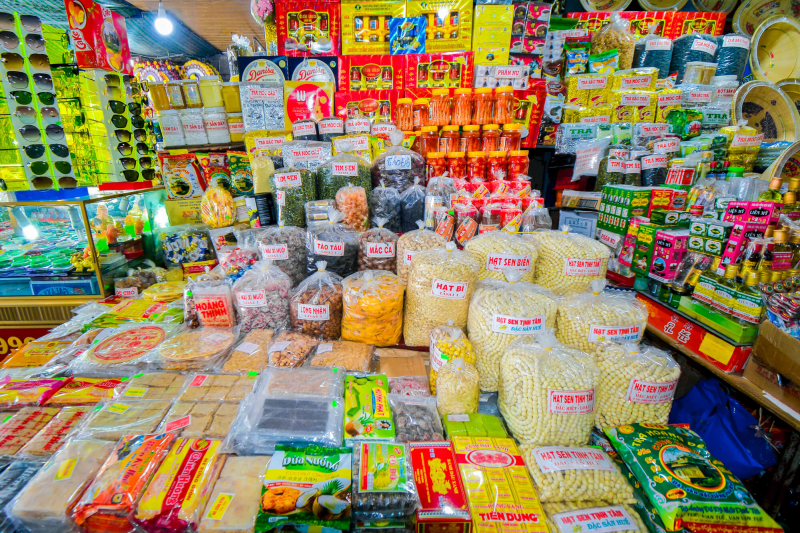
Dong Ba Market












